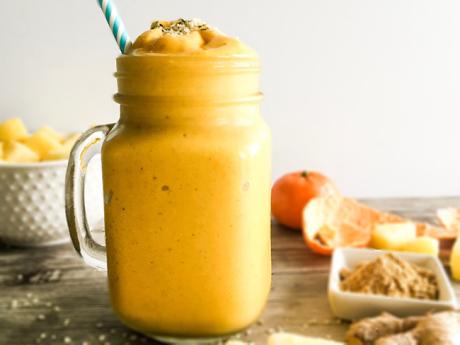In 2014 the Toronto Star reported on high lead levels in the drinking water of many Toronto homes and in 2016, lead contamination in drinking water in Flint, Michigan led to a state of emergency being declared.
Lead is a potent neurotoxin. Exposure to lead is linked to high blood pressure, neurodevelopmental, neurodegenerative, cardiovascular, renal, and reproductive health problems. Lead poisoning is of particular concern for some of those most vulnerable in our society, including infants, small children and pregnant women and it does not often present symptoms until the level has reached a dangerous point. Symptoms include decreased cognitive ability, fatigue, irritability, and pain.
Could you have lead pipes in your home?
Making sure that lead is not in your drinking water is one of the easiest and cheapest ways that you can lower your family’s risk of exposure.
Before the mid-1950s, lead was commonly used in water service pipes in many Canadian homes and apartment buildings with fewer than six units. Does this sound like your home? If so, consider testing your water for lead.
Testing your water for lead levels
Some municipalities offer free lead testing. Call the office of your city or municipality to find out what services are offered locally. For example, the City of Toronto provides free lead testing kits for home tap water. Residents can call 311 to register and then pick up a test kit from one of six Toronto Public Health offices in the city.
When testing your tap water for lead, it is important to follow instructions closely, including instructions for handling and dropping off samples. If the result exceeds 10 parts per billion (ppb), your lead level is above the Ontario Drinking Water Quality Standard. That means you should take further action.
Replacing lead pipes
If your tests exceed the recommended lead levels, you should take action to replace the whole pipe. For city dwellers, because pipe extends from the meter to the street, part of it is owned by the city, and part is owned by the homeowner.
But what about those of us who don’t own our homes? What can we do to protect ourselves and our families? Talk to your landlord about your concerns and to discuss pipe replacement, and consider adding a filter to your tap to improve your water quality.
Reducing your family’s lead exposure
If your drinking water lead levels exceed 10 ppb, consider installing a lead removal water filter certified by the National Sanitation Foundation. Some municipalities may provide a rebate program. Again, it’s important to contact municipal authorities to find out what is available in your area.
The right to clean water
Short term thinking can often result in local governments saving a bit of money by doing things that are more expensive in the long term – like cutting corners on clean water. Though bottled water may be the best option available in an emergency situation, in the long term, plastic bottles create even more pollution and cost more than building and fixing infrastructure to deliver clean water. For example, in one First Nations community facing a boil water advisory since 1995, the Canadian government spent more than a million dollars on bottled water when the price of a new water treatment plant would have been $5.2 million. The community is now scheduled to have a new treatment plant completed by March 2019.
The long term costs of allowing lead-contaminated water to poison communities must take into account its impact on human health and academic outcomes due to its toxic impact on the brain. Researchers have even linked a decrease in crime rates to the ban on lead in gasoline. But thinking in terms of cost alone is part of the problem: clean drinking water is a moral issue, not just a financial one.
Lead is toxic to everyone, but children’s developing bodies are especially at risk. The good news is that most Canadian municipalities offer drinking water that is of a high quality, and can even be of a higher quality than bottled water. Unless tests indicate a problem with your pipes or with your water source, most parents and kids are better off with tap water than turning to plastic bottles to quench thirst.
*Originally published March 20, 2016





